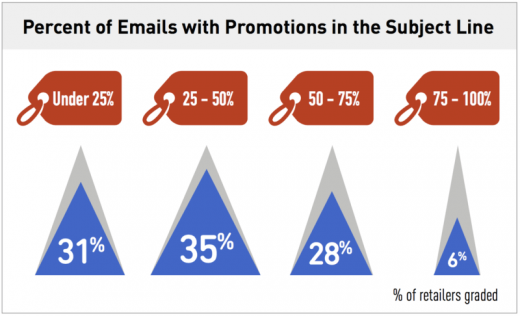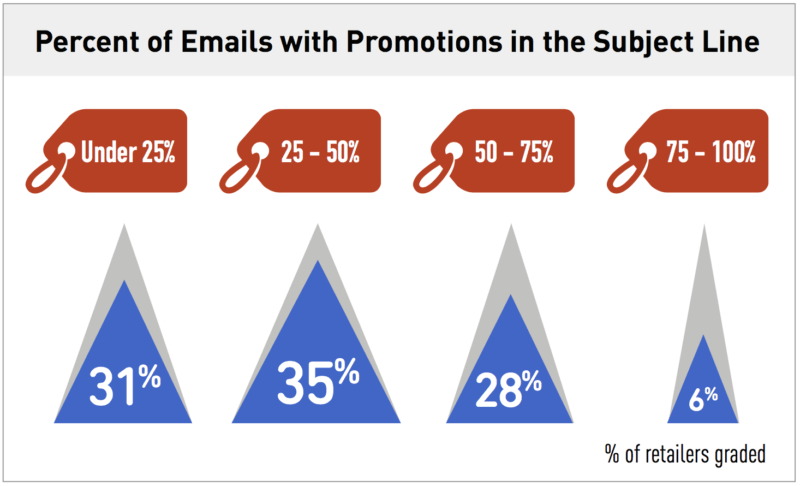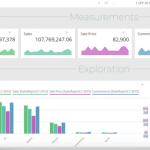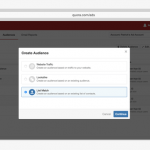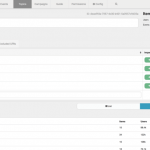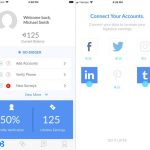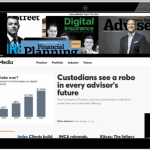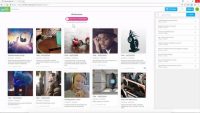A new report finds that retailers have room for improvement in email effectiveness
Conducted by RSR Research for email service provider Coherent Path, the study analyzed emails to users whose tastes were unknown.
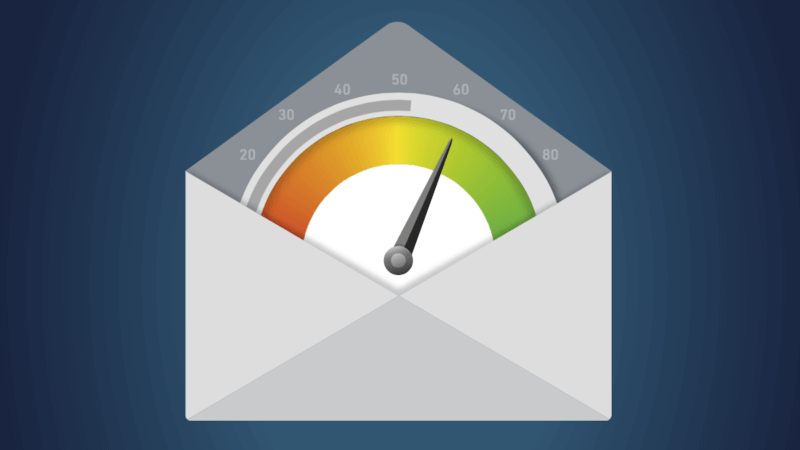
From the RSR/Coherent Path report
All those young whippersnapper technologies can tout their flashy new features, but ol’ man email keeps delivering the goods.
To find out how this venerable channel generates a ROI as high as 3,800 percent (per the Direct Marketing Association), market intelligence firm RSR (Retail Systems Research) authored a free report on “Measuring Email’s Effectiveness,” sponsored by email service provider Coherent Path.
This study analyzed the email practices of 138 retailers — some of which are Coherent Path customers — on the Internet Retailer Top 500 list, based on every email sent by the retailers to an unknown or generic user from March 2016 to March of this year. The recipients were not subscribed to that retailer’s loyalty program, and the retailer knew nothing about their preferences. The emails were acquired through a third-party tool, MailCharts.
The companies plan for the report to become an annual release, Coherent Path CEO and founder James Glover told me via email, with the added expectation that a retailer’s email effectiveness score will become the equivalent, in this space, of a Zillow estimate.
Retailers were scored in such categories as Email Frequency, Catalog Exposure and Email Content. The scoring was essentially expert opinion, not based on any sales effectiveness or user response data.
Room for improvement
The bottom line: Even these very successful retailers have a lot of room for improvement, with the top five’s scores ranging only from high to mid-70s, out of 100 — the equivalent of C+ grades. Most — 120 retailers — got failing grades. Here are the top five:
- Club Monaco (79.9)
- Crabtree & Evelyn (76.8)
- BCBG Max Azria (76)
- Hudson’s Bay (75.1)
- Hanes (74.7)
The highest scorers shared some common practices. They didn’t email too often, averaging about one per day to their recipients, and most included several kinds of content, as well as a shoppable menu at the top of each email that would appeal to as wide a group as possible.
“A retailer selling women’s clothing who only features sweaters in email campaigns,” the report wisely noted, “will never entice the consumer looking for jeans.”
Top scorers tended not to use heavily promotional subject lines, although a third of the retailers employed promotional subject lines over half the time. One retailer got a perfect score in matching subject line to email content: Fingerhut. From the report:
Online-only retailers
RSR judged that two full screen lengths was optimal for email content, which was the average length of emails from 120 of the retailers. The rest of the retailers had longer emails.
Interestingly, RSR found that online-only retailers were using email too much or too little, and they didn’t expose enough of their product line.
That is, it would take them an average of 3.51 years to expose one shopper to all their products, instead of the average 2.53 years for multichannel retailers. But online-only retailers, of course, need to hit the mark with email more than their multichannel counterparts do, since email is one of their few connections to their customers.
Coherent Path is also offering a free Email Engagement Grade for retailers, who can submit their contact info. The Grade is based on an assessment of that retailer’s emails to unknown or generic users, obtained by Coherent Path from MailCharts.
Marketing Land – Internet Marketing News, Strategies & Tips
(18)

